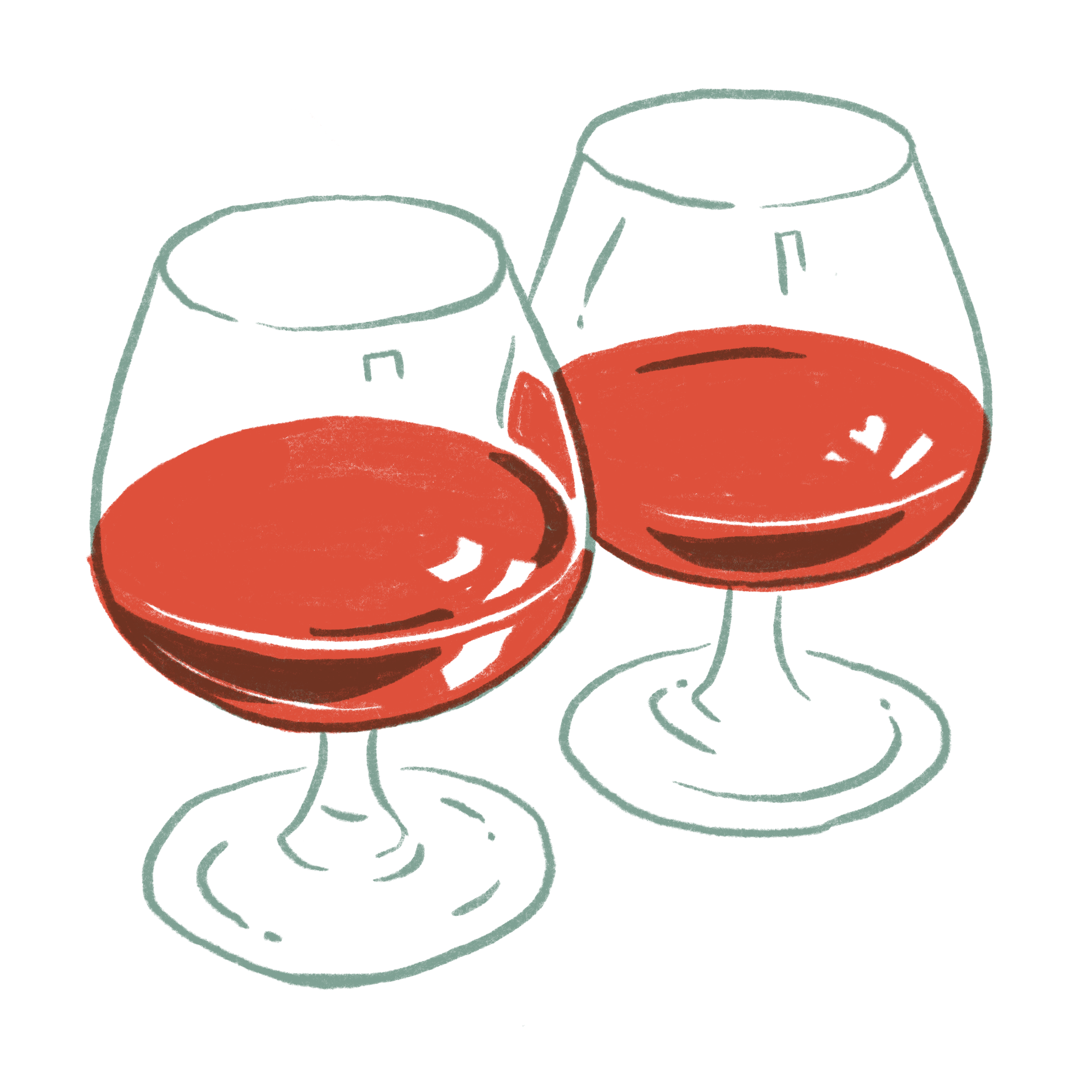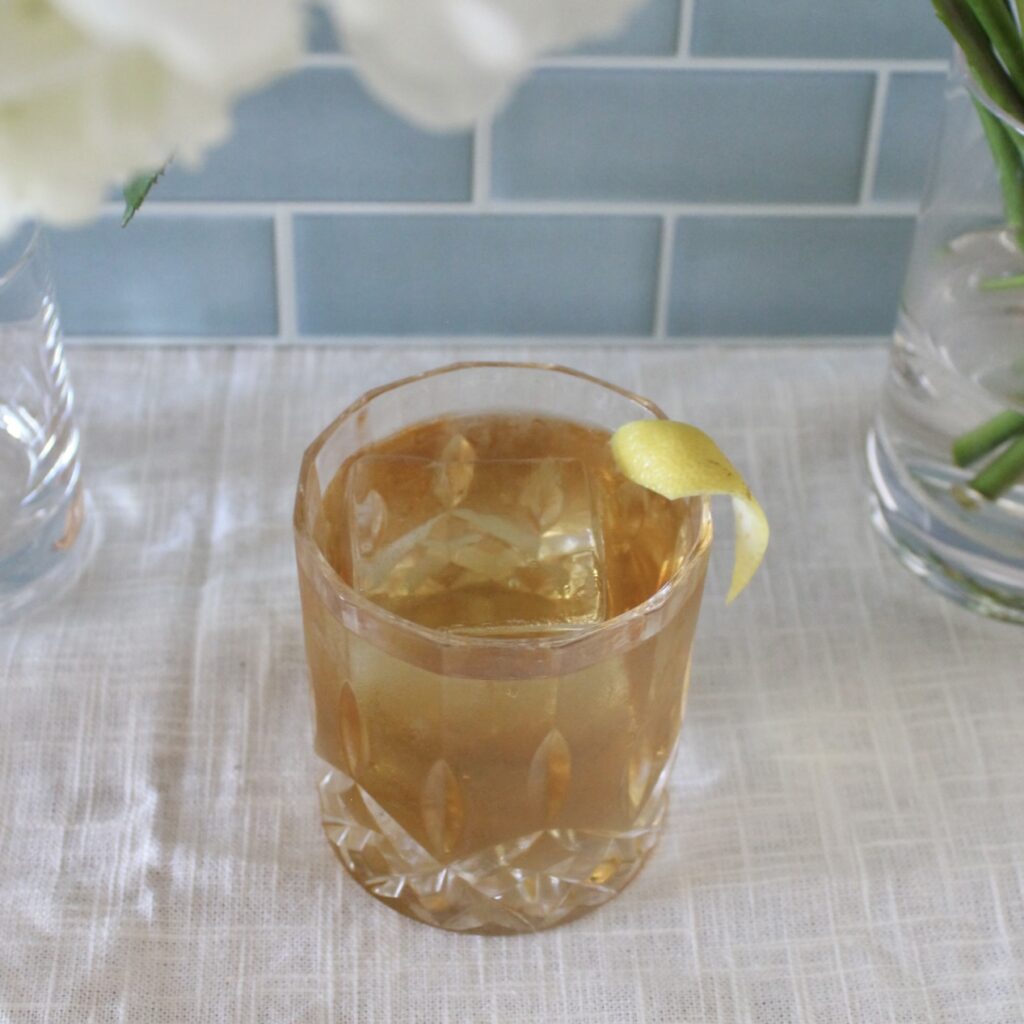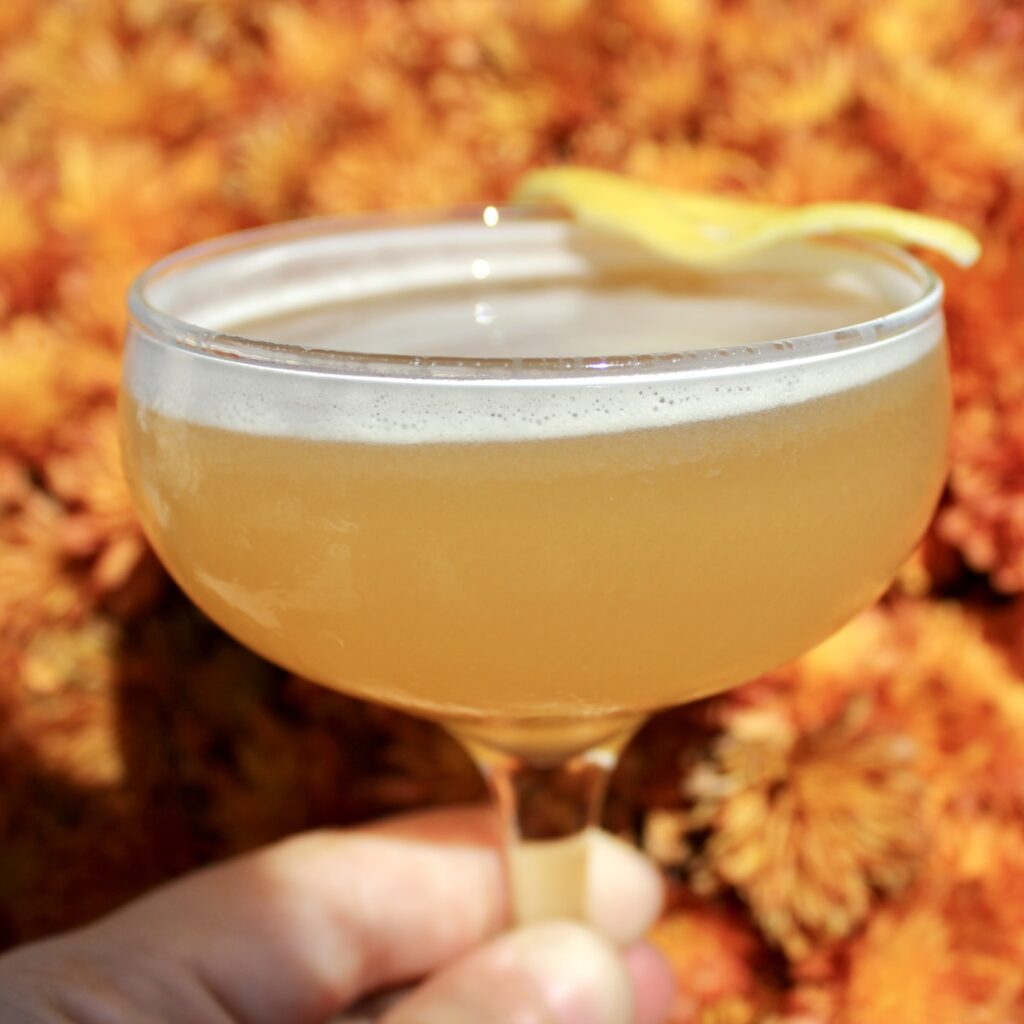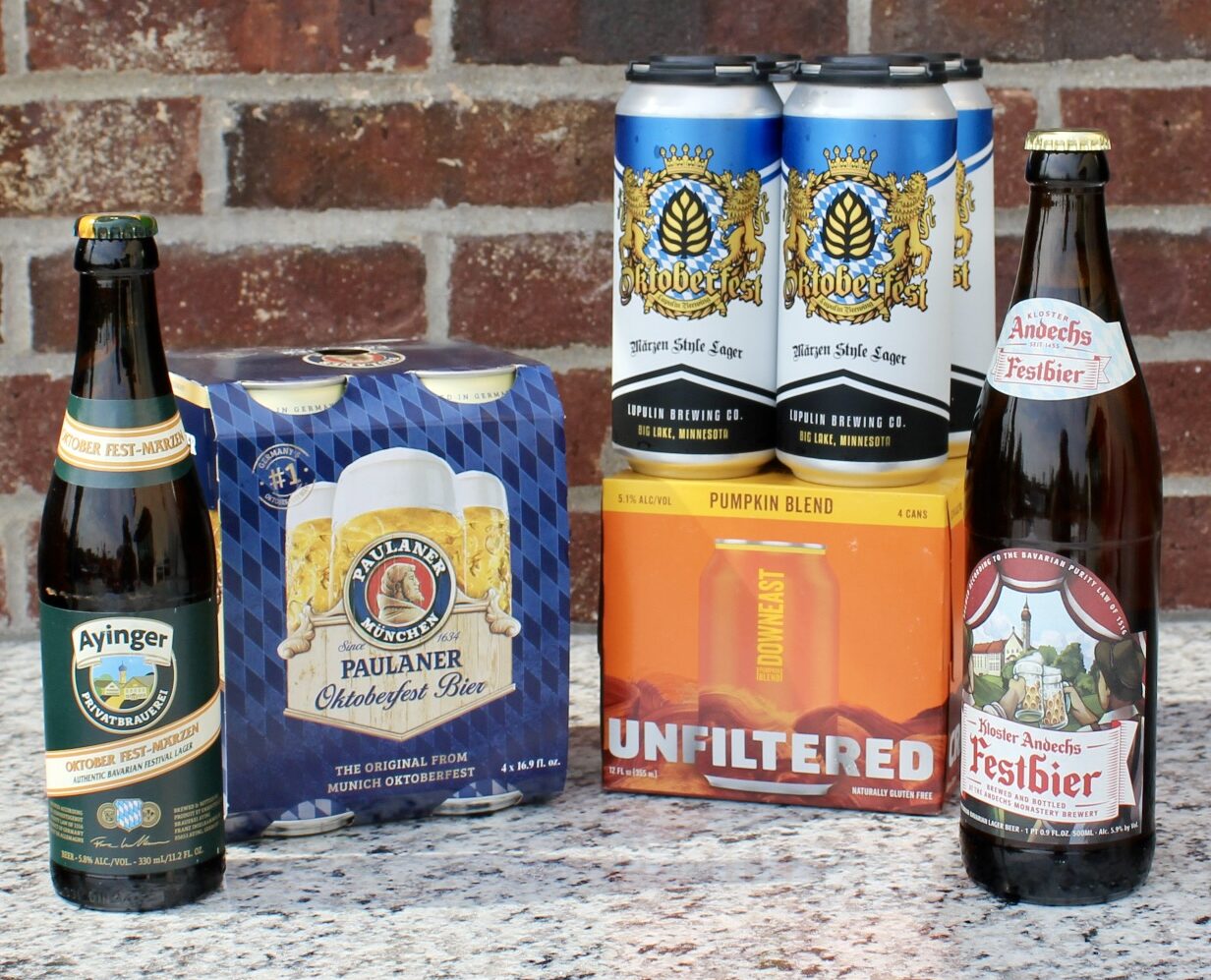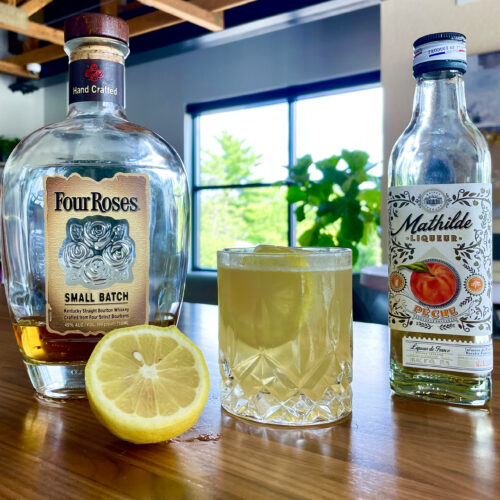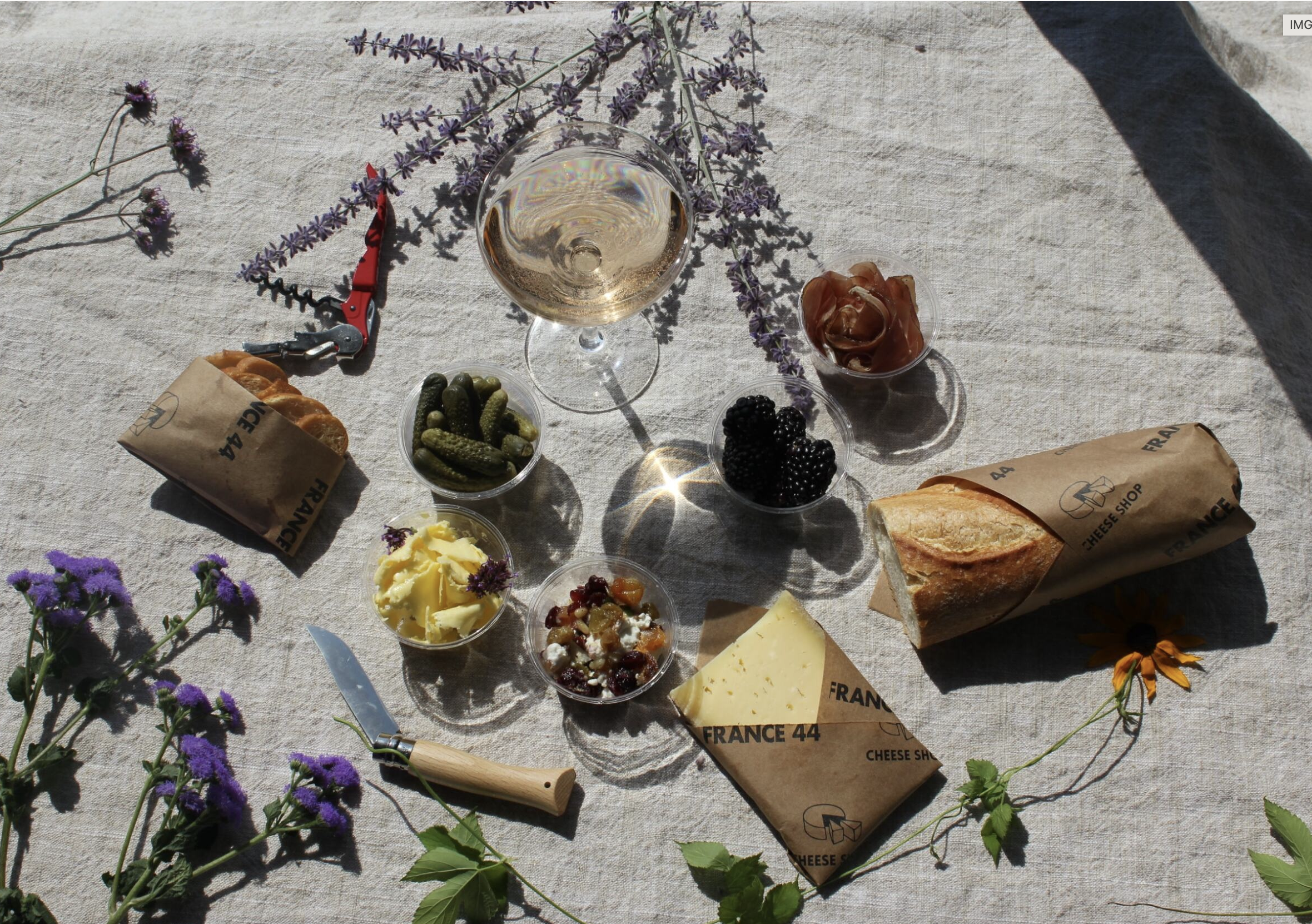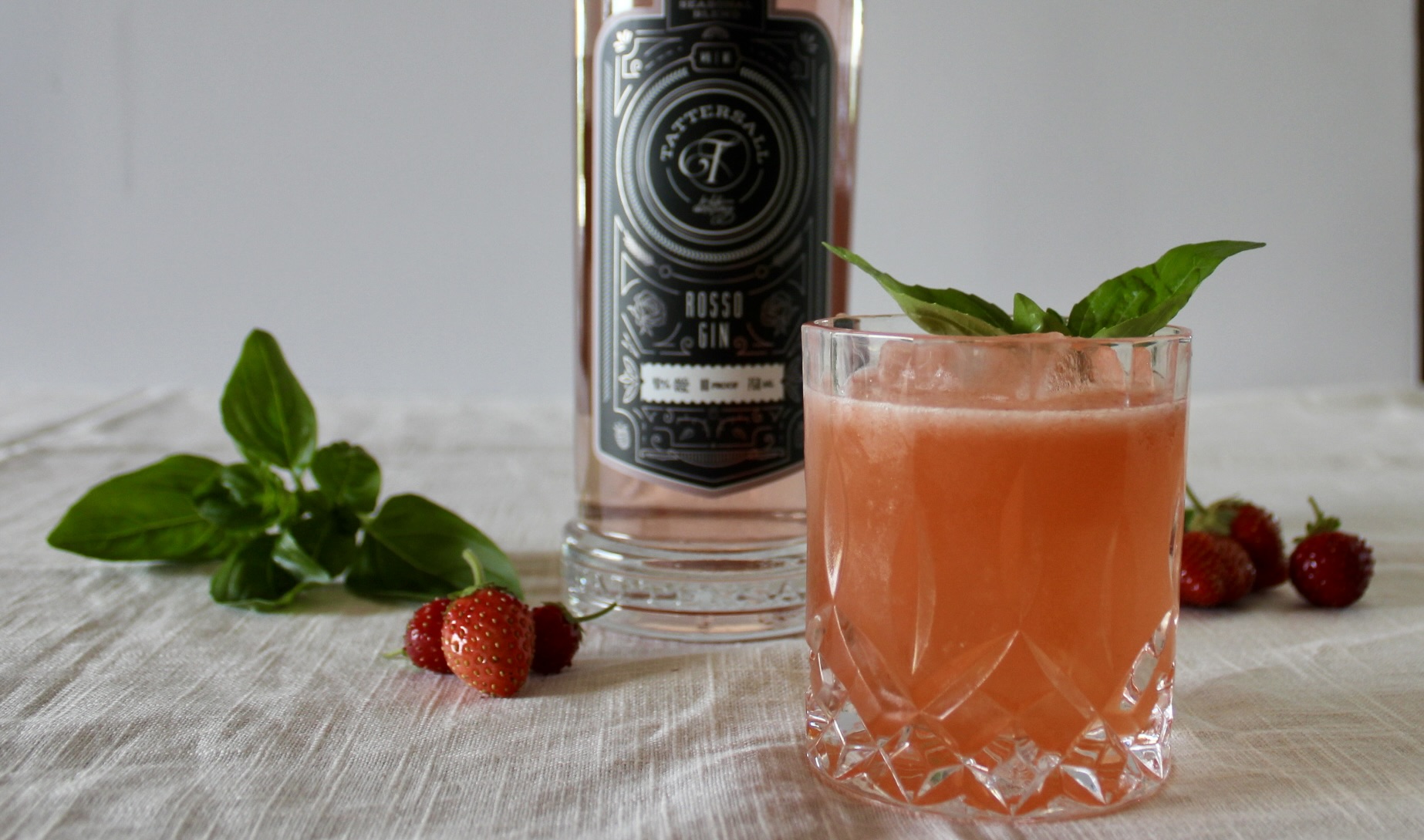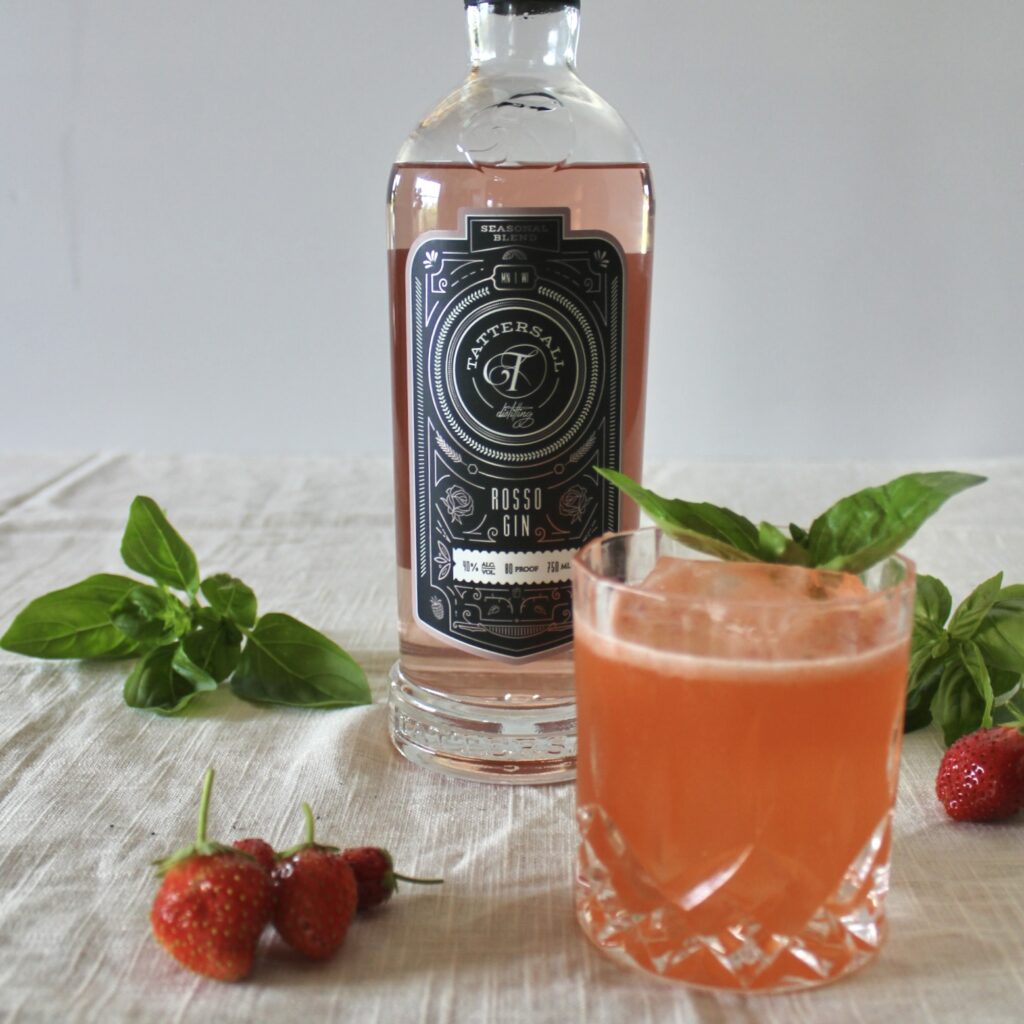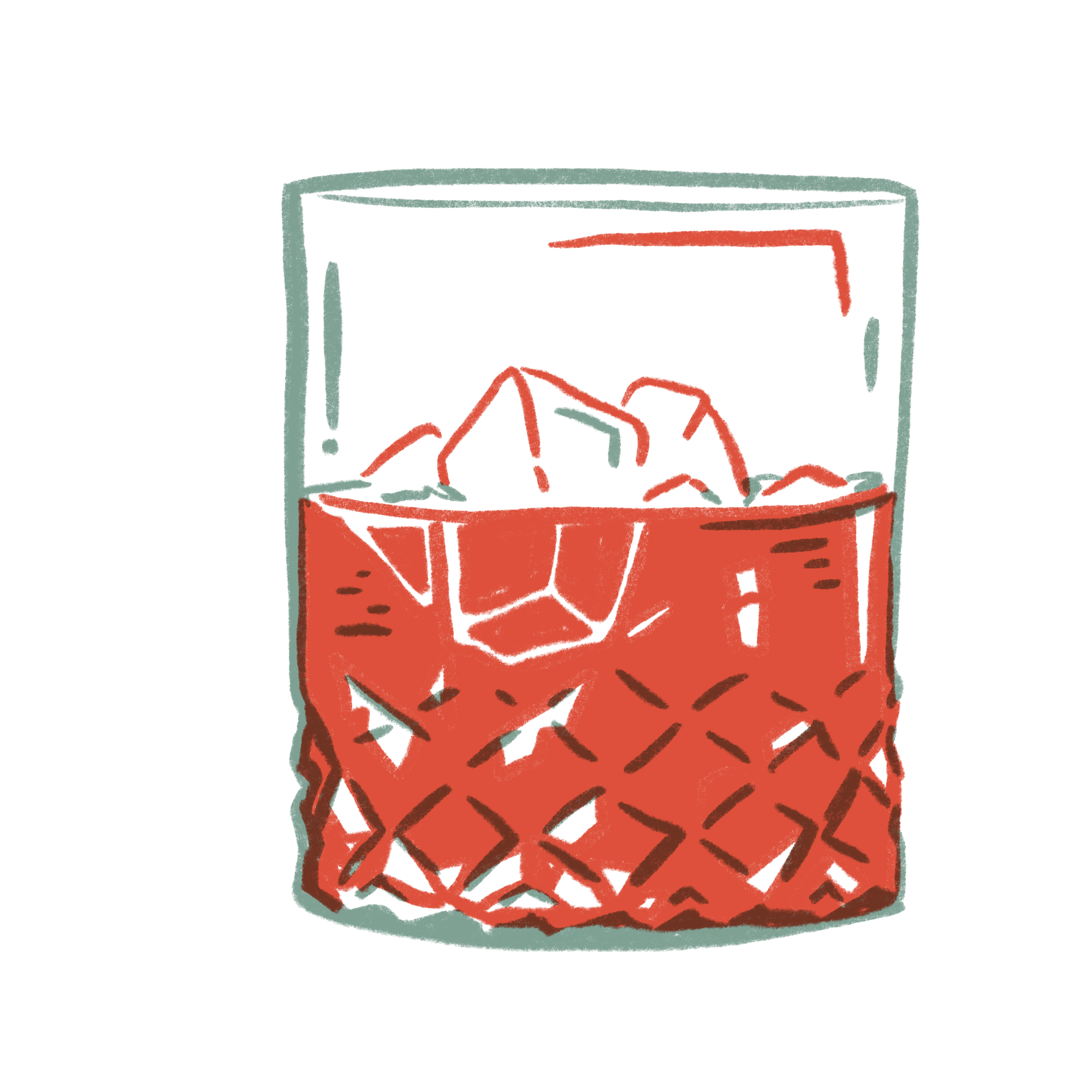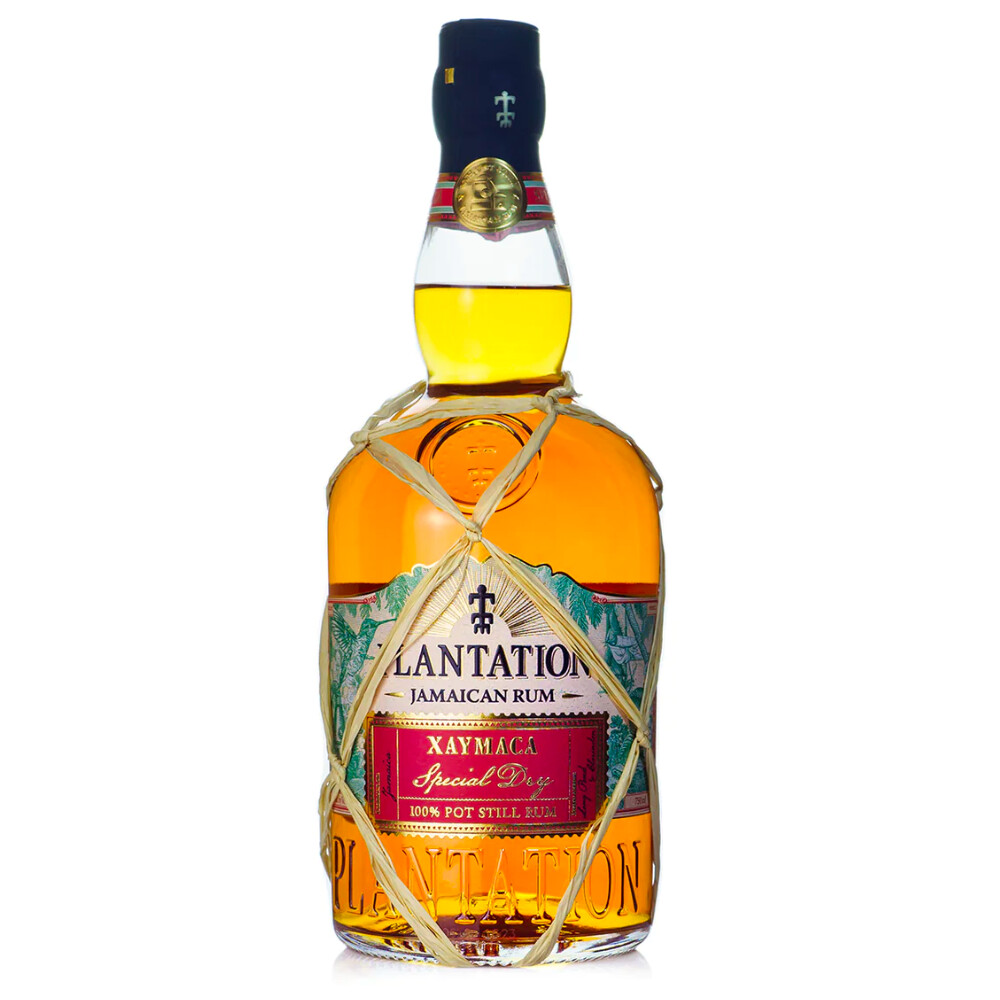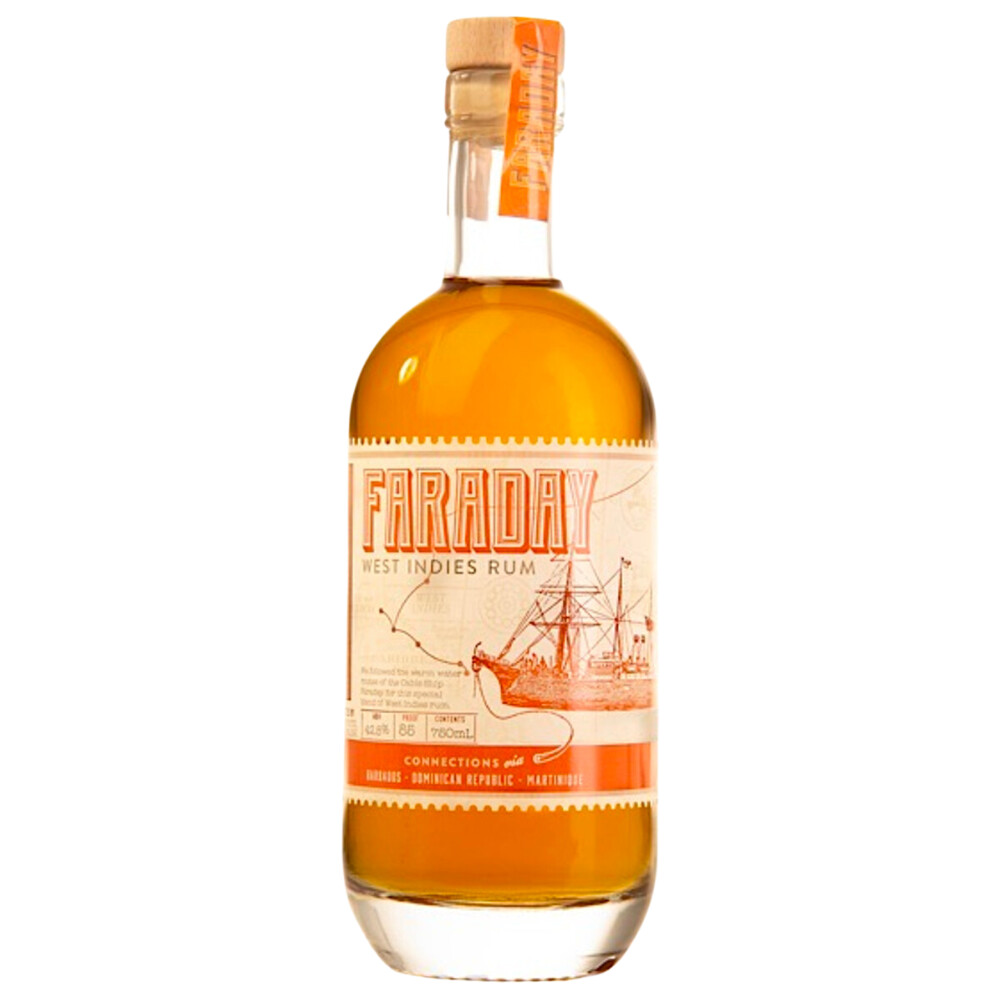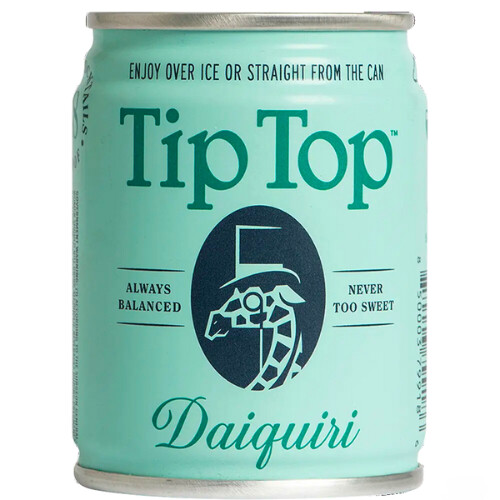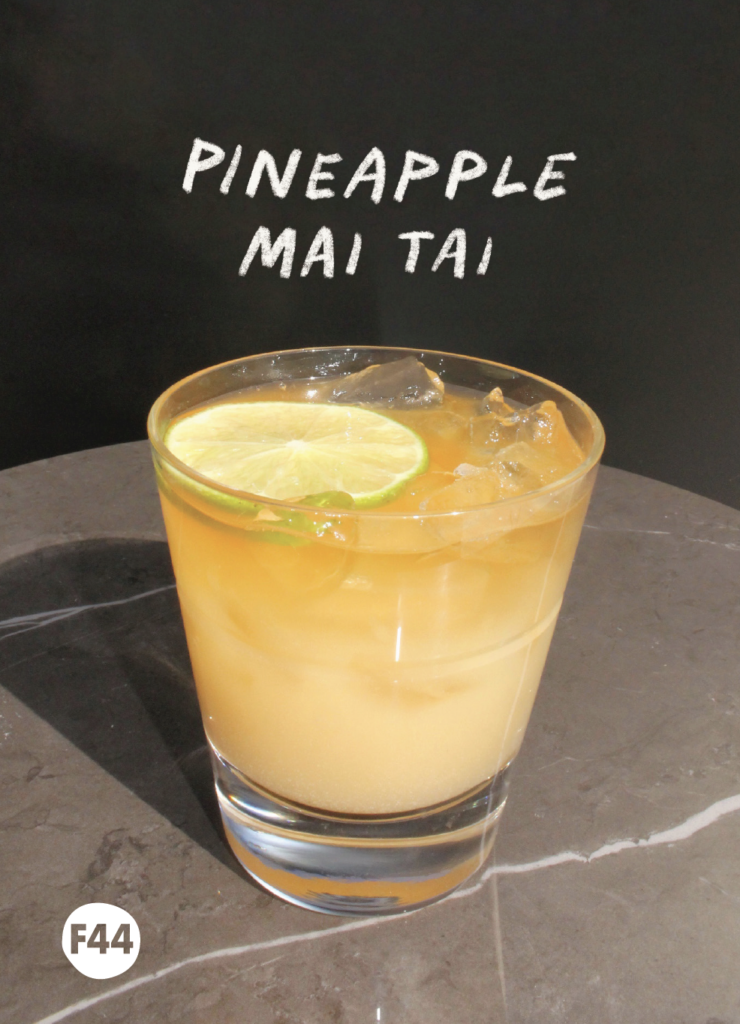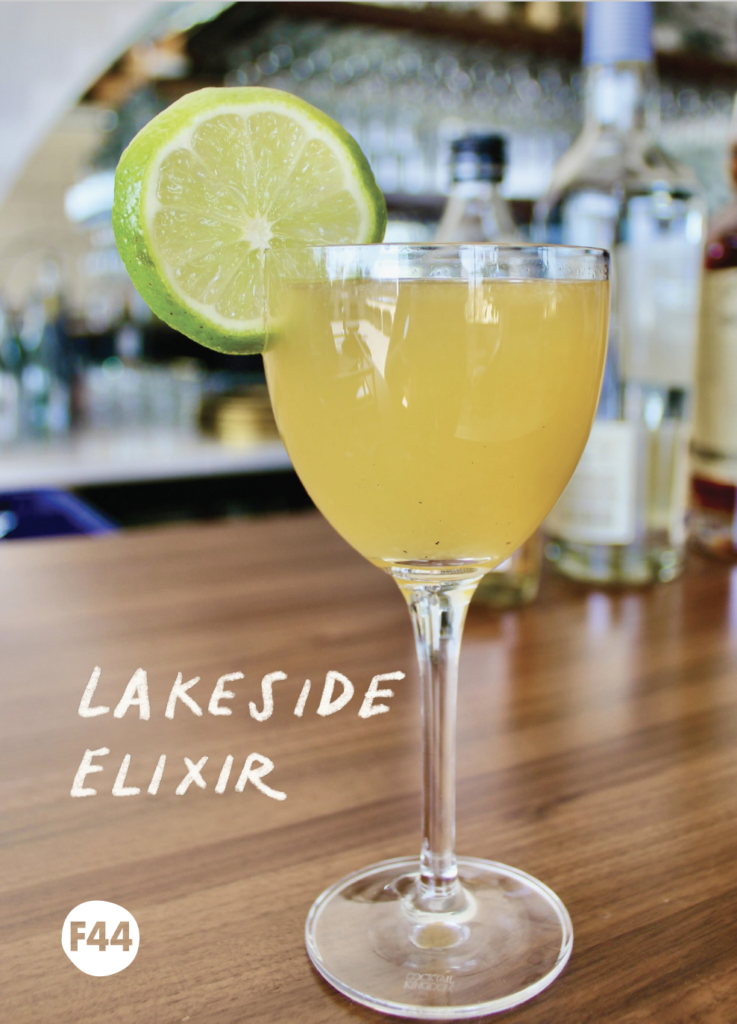
Jake Rollin
Jake (he/him) can be found primarily working in the Beer and Spirits departments, though he occasionally dabbles in Wine. He loves helping customers brainstorm ideas for new and interesting cocktails (ask him about his Caprese Sour cocktail), and talking all things whiskey. His fridge is stocked with a healthy combination of local hazy IPAs, Belgian beers, and Riesling, and he has an ever-growing whiskey collection.
Like it or not, the holiday season is upon us. With that comes colder weather, and with colder weather comes cold weather cocktails…the Hot Toddy, Irish Coffee, and maybe the most famous of them, the Manhattan. Obviously, vermouth plays a major role in a Manhattan, but the star of the show is whiskey, specifically rye whiskey.
The word “whiskey” in America has become synonymous with bourbon, but what if I told you that America’s whiskey poster child wasn’t even the first whiskey we produced here? Let’s go back to Pennsylvania in the year 1750. Rye was the major grain being grown due to its propensity for rapid growth in the Mid-Atlantic climate. Farmers and immigrants who had moved to the North American colonies were longing for the whiskey they were familiar with at home and attempted to recreate it using rye as the grain. The result was a whiskey with rich notes of spice, dark red fruits, and black tea. To this day, many American whiskies are produced with varying amounts of rye in the mash bill to add complexity and depth.
These days, bourbon has stolen the spotlight for American whiskey, though without rye, there is no bourbon. But what’s the difference between bourbon and rye? Much like bourbon must contain 51% corn in its mash bill, rye must contain at least 51% rye grain. Here at France 44, we often like to swap out bourbon for rye in cocktails, as the flavor profile of rye tends to be a bit more interesting and holds up better to strong cocktail ingredients, like citrus juice and liqueurs. Check out some of our favorite bottles below!
With its mash bill of 51% rye, 35% corn, and 14% barley, Elijah Craig Straight Rye sits right on the lower boundary of what qualifies as a rye whiskey. What that means is that this is an ideal rye whiskey for the bourbon drinker who’s looking to get into rye whiskey. It has much softer spice notes than rye whiskies with higher rye content, but still contains enough to create a complex, rich whiskey that would be great on its own or in cocktails. Try it in an Old Fashioned!
Where the Elijah Craig is the bourbon drinkers rye, this is a rye drinkers rye. Stellum uses a 95% rye mash bill, which creates a much more spice forward whiskey. Expect notes of baking spices, spiced apples/pears, black pepper, and black tea. This rye is excellent on its own but also makes one of our favorite Manhattans.
This rye is a blend of 4-, 6-, and 8-year-old rye whiskies and bottled at barrel strength. The result is a beautiful whiskey with notes of toffee and mint on the nose. As it opens, expect to smell more apples and cherries along with light baking spice notes. The palate is spiced fruit forward, with rich flavors of cinnamon apple and pear, followed by more nuanced flavors of nutmeg, black tea, and cardamom. The finish is long and warming, perfect for the cooler weather. If you enjoy drinking whiskey straight, you owe it to yourself to give this one a try.
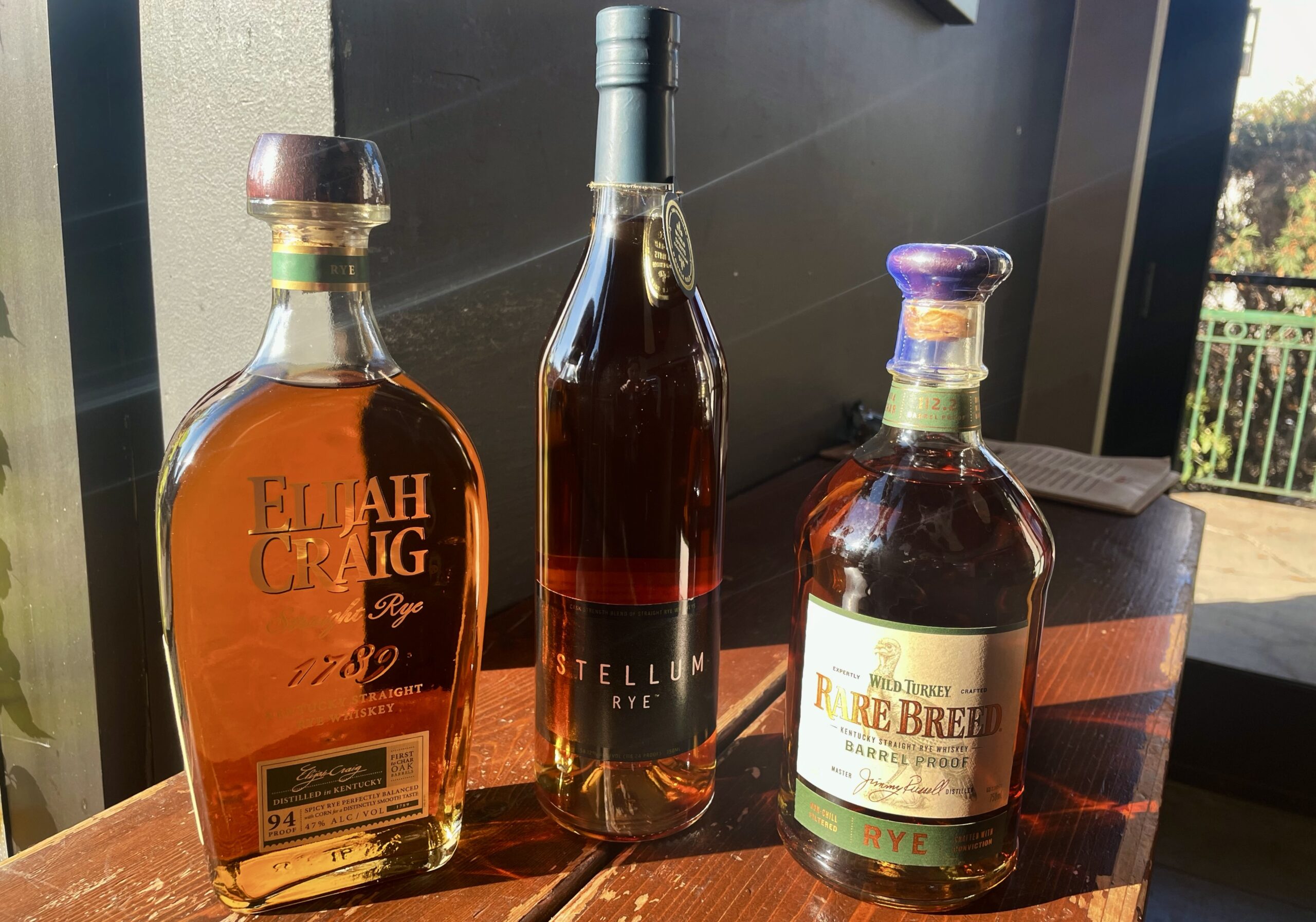



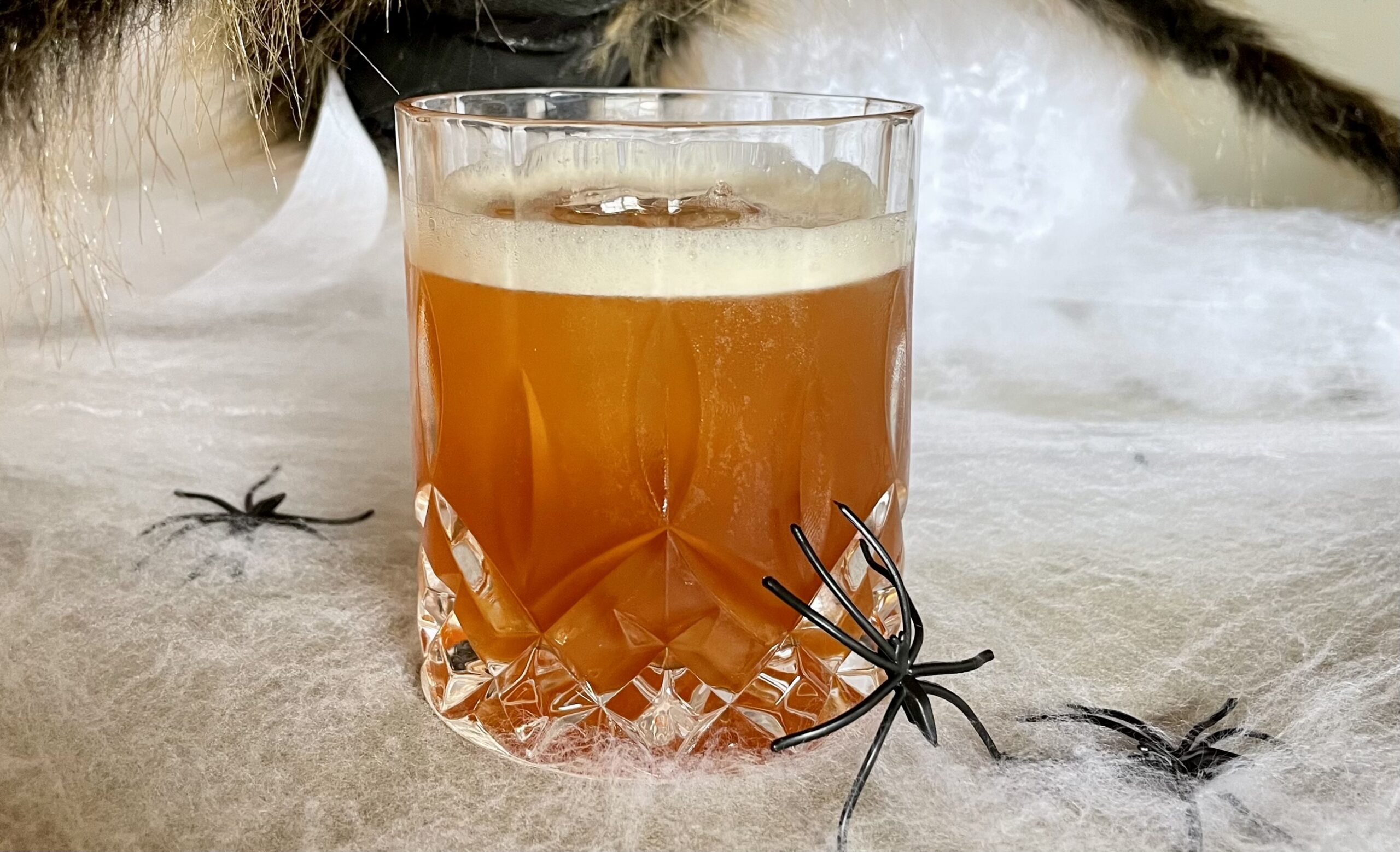
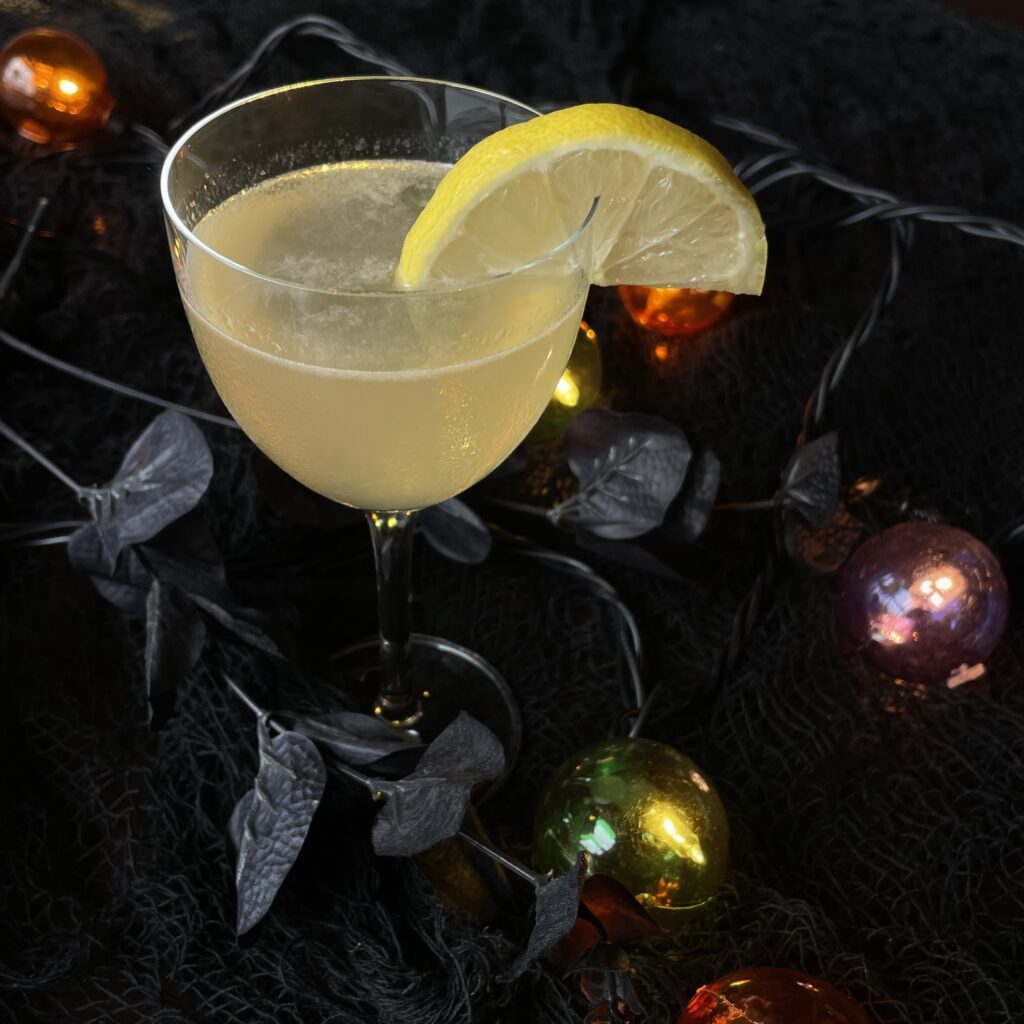
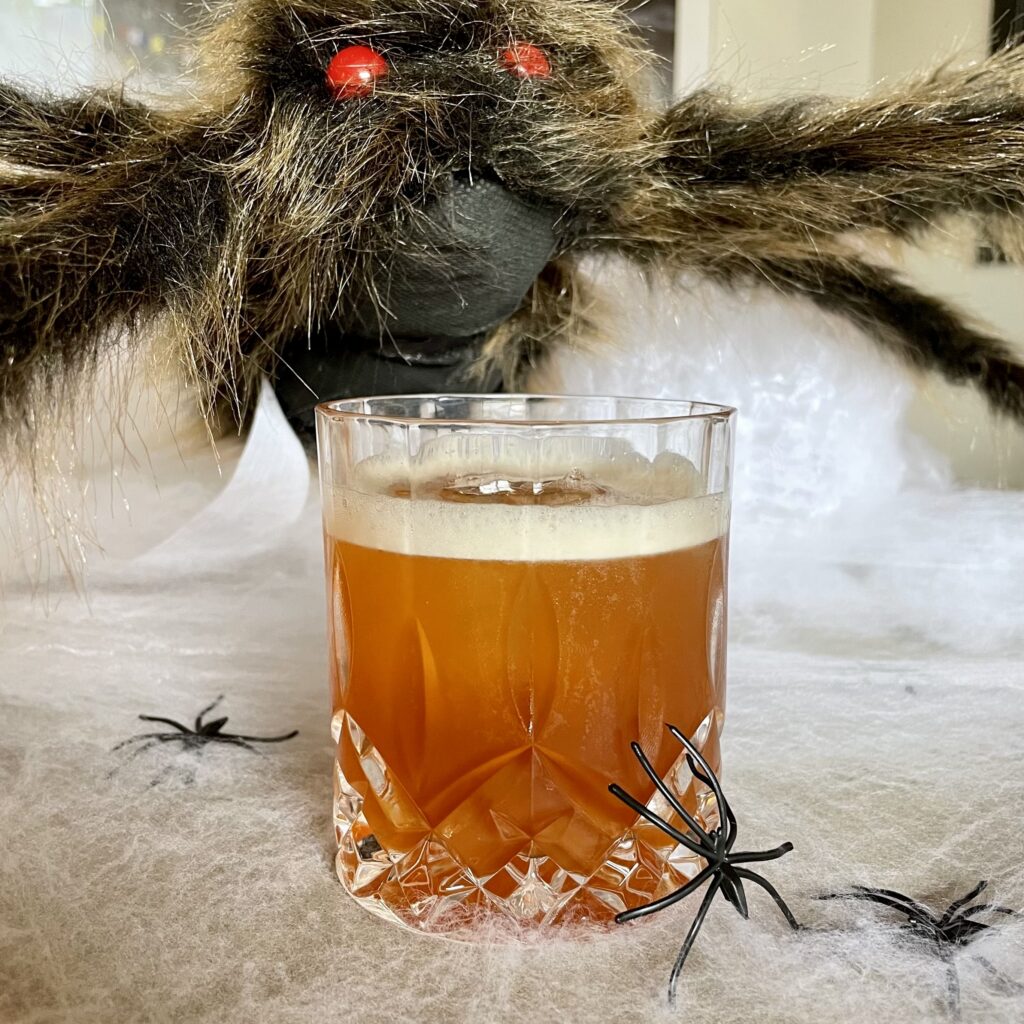

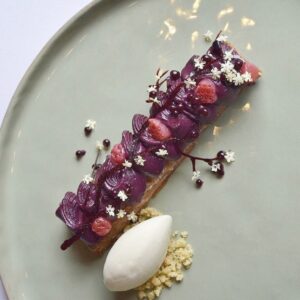 At the restaurant, we used the tiniest fruit baller you’ve ever seen to ball strawberries (you can DEFINITELY use whole or halved berries instead), then soaked them for 8-12 hours in a combination of sparkling wine and St. Germain until they’d taken on some of the floral notes of the elderflower liqueur and the bubbles from the wine. I included a picture here of the dessert with these little berries. I plated that one, my proudest accomplishment. When you bite into one of these tiny strawberries, you first feel the bubbles, then the sweet berry and floral liqueur come to the front of your palate. It’s a perfect bite.
At the restaurant, we used the tiniest fruit baller you’ve ever seen to ball strawberries (you can DEFINITELY use whole or halved berries instead), then soaked them for 8-12 hours in a combination of sparkling wine and St. Germain until they’d taken on some of the floral notes of the elderflower liqueur and the bubbles from the wine. I included a picture here of the dessert with these little berries. I plated that one, my proudest accomplishment. When you bite into one of these tiny strawberries, you first feel the bubbles, then the sweet berry and floral liqueur come to the front of your palate. It’s a perfect bite.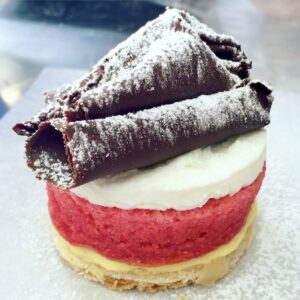 here, soaked in Alchermes liqueur, and how to make the perfect Cantuccini to dip in Vin Santo wine. But the star of the show was surely the tirimisu. Light savoiardi (lady fingers) dipped in liquor and coffee, layered with a light mascarpone cream make the most decadent, flavorful dessert. And it’s honestly quite easy to make, especially if you need to prep a dessert in advance! There’s a lot of debate about the perfect liquor to use for tirimisu. I’ve used dark rum, whiskey, marsala, it really depends on the flavor you’re looking for. Marsala adds a bit more sweetness to the dessert while rum, brandy, or cognac add a bit more depth and certainly make the dessert a bit boozy. Try it a few ways, and decide for yourself which is best! Now the recipe:
here, soaked in Alchermes liqueur, and how to make the perfect Cantuccini to dip in Vin Santo wine. But the star of the show was surely the tirimisu. Light savoiardi (lady fingers) dipped in liquor and coffee, layered with a light mascarpone cream make the most decadent, flavorful dessert. And it’s honestly quite easy to make, especially if you need to prep a dessert in advance! There’s a lot of debate about the perfect liquor to use for tirimisu. I’ve used dark rum, whiskey, marsala, it really depends on the flavor you’re looking for. Marsala adds a bit more sweetness to the dessert while rum, brandy, or cognac add a bit more depth and certainly make the dessert a bit boozy. Try it a few ways, and decide for yourself which is best! Now the recipe: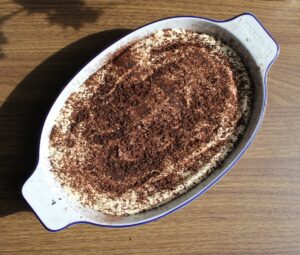
 Peel and core apples, then slice into thick slices (½ inch). Heat a large skillet over high heat on the stove and add half the apples. Sear for a couple of minutes until they start to get a little color, then remove from the skillet into a bowl and repeat with the second half. Remove the rest of the apples from the pan.
Peel and core apples, then slice into thick slices (½ inch). Heat a large skillet over high heat on the stove and add half the apples. Sear for a couple of minutes until they start to get a little color, then remove from the skillet into a bowl and repeat with the second half. Remove the rest of the apples from the pan.
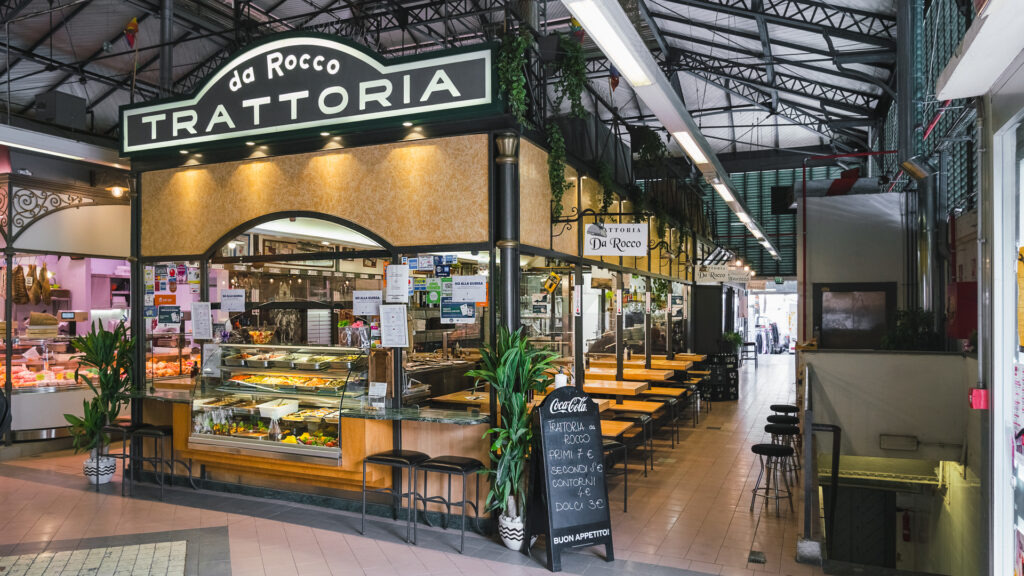
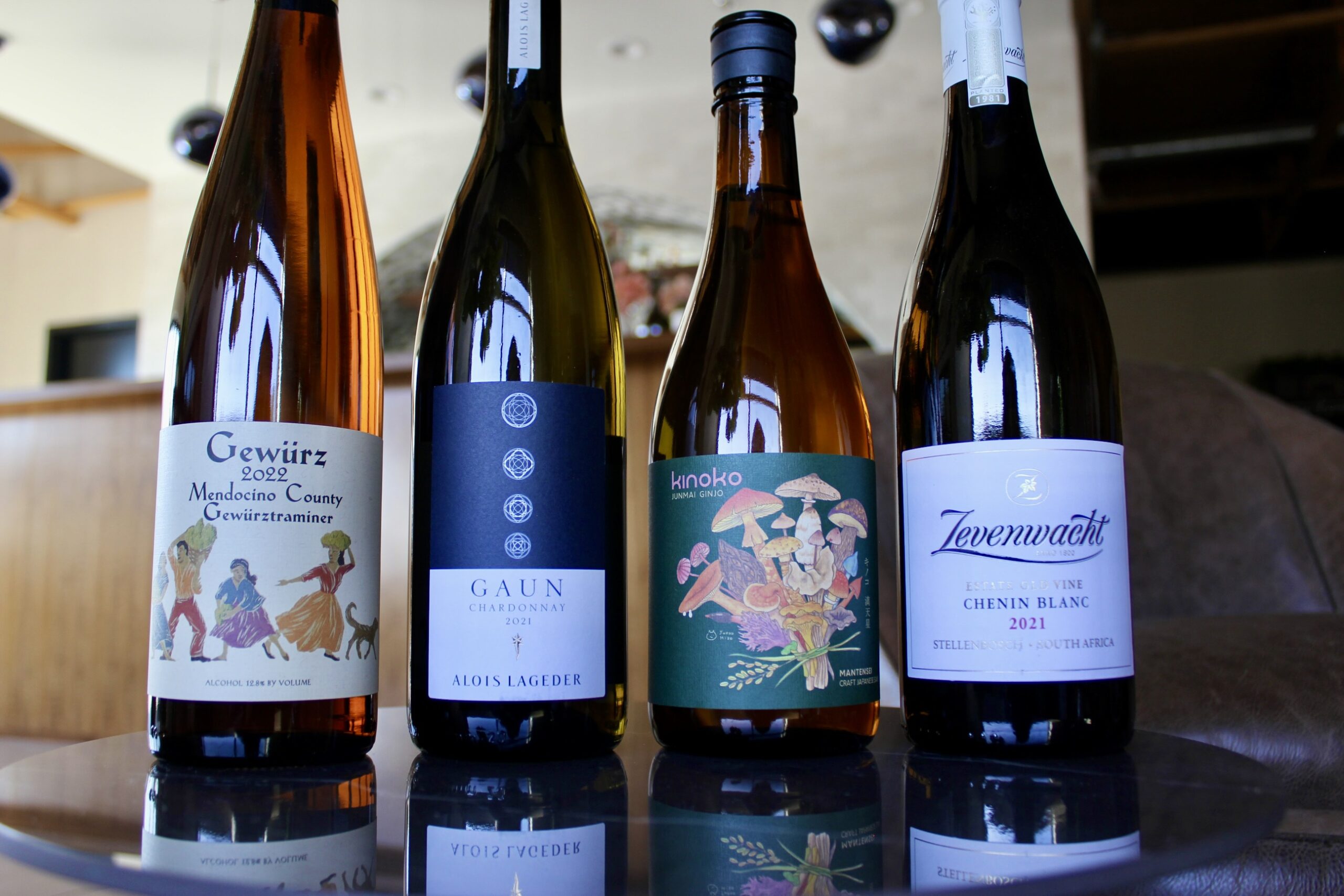
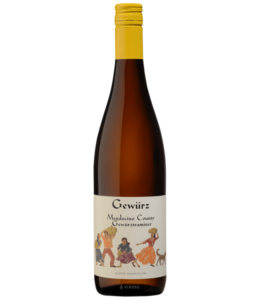 To kick off our fall white journey
To kick off our fall white journey  Our next flight
Our next flight To round out our three pack of fall whites
To round out our three pack of fall whites 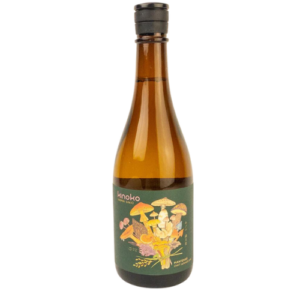 For our bonus bottle, we fly to Japan.
For our bonus bottle, we fly to Japan.